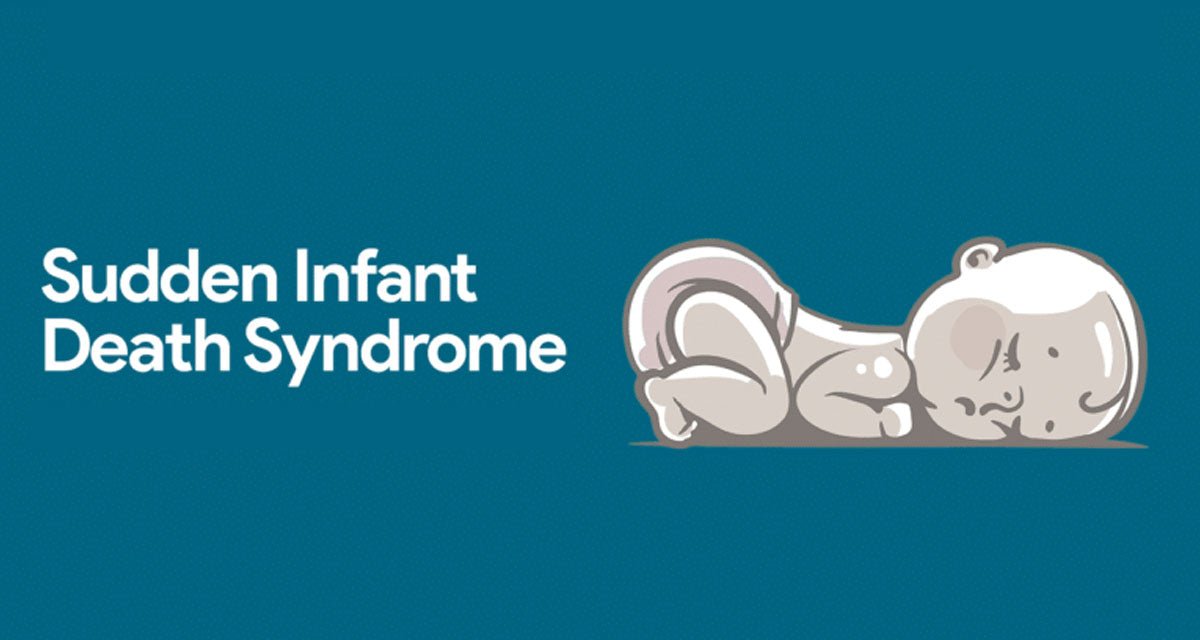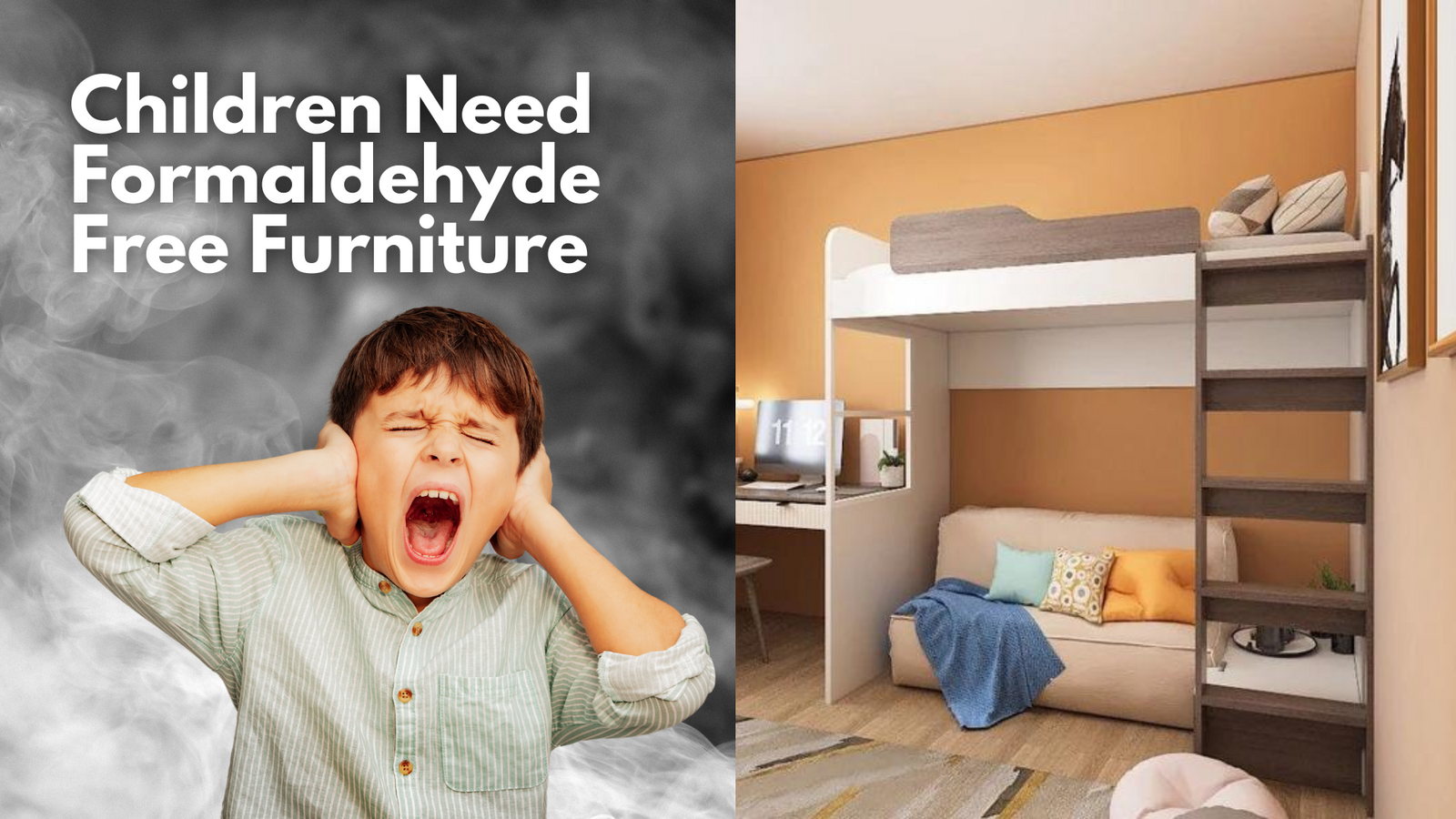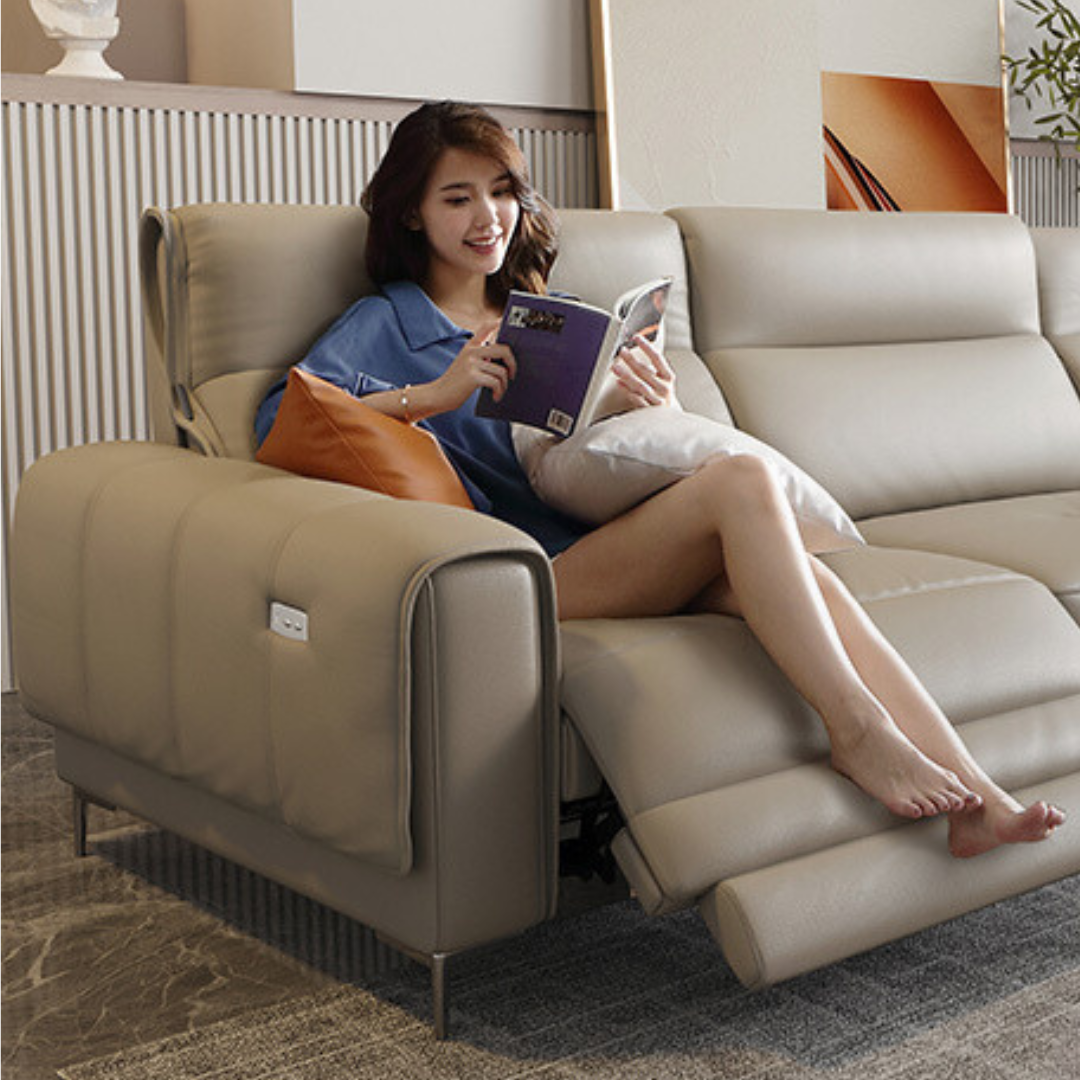Sudden Infant Death Syndrome (SIDS) is a devastating and unexplained phenomenon where an otherwise healthy infant dies suddenly and unexpectedly during sleep in a bassinet or baby cot. It is a heartbreaking occurrence that can leave families devastated and medical professionals searching for answers. While the exact cause of SIDS remains unknown, researchers have identified certain risk factors and preventive measures that can help reduce the incidence of SIDS.

Back to Sleep:
One of the most effective ways to reduce the risk of SIDS is to place infants on their backs for sleep. This sleeping position has been proven to significantly lower the likelihood of SIDS. It's important to always put babies to sleep on a firm mattress in a crib or bassinet with a fitted sheet. Avoid soft bedding, such as pillows, blankets, and stuffed animals, as they can pose suffocation hazards.
Safe Sleep Environment:
Creating a safe sleep environment for infants is crucial. Ensure that the baby's sleep area is free from potential hazards, such as loose cords, excessive bedding, and stuffed toys. Keep the sleeping area at a comfortable temperature to prevent overheating, as excessive heat is associated with an increased risk of SIDS.
Room Sharing:
The American Academy of Pediatrics recommends room sharing without bed sharing for at least the first six months to one year of an infant's life. Having the baby sleep in the same room as the parents, in a separate crib or bassinet, has been shown to reduce the risk of SIDS by promoting better monitoring and easy access for feeding and comforting during the night.
Avoid Smoking and Exposure to Smoke:
Smoking during pregnancy and exposing infants to secondhand smoke significantly increases the risk of SIDS. It's vital to create a smoke-free environment both during pregnancy and after the baby's arrival. Avoid smoking in the home or around the baby, and encourage visitors to refrain from smoking near the baby as well.
Breastfeeding:
Breastfeeding has been associated with a lower risk of SIDS. If possible, consider breastfeeding your baby as it provides numerous health benefits and may help reduce the risk of SIDS. Breastfeeding also enhances the baby's immune system and promotes a stronger bond between the parent and the child.
Regular Check-ups and Immunizations:
Keeping up with your baby's regular check-ups and immunizations is important for overall health and can contribute to a reduced risk of SIDS. Regular medical care allows healthcare professionals to monitor your baby's growth and development and provide appropriate guidance and support.
While these measures can significantly reduce the risk of SIDS, it's important to remember that there is no guaranteed prevention method. SIDS can occur despite taking all recommended precautions. If you have concerns about SIDS or safe sleep practices, it is always best to consult with your pediatrician or a healthcare professional for personalized guidance and support.
Back To Sleep Reduces SIDS Risk
Placing infants on their backs to sleep, also known as the "Back to Sleep" campaign or supine sleeping position, has been widely recommended by healthcare professionals and has made a significant impact in reducing the risk of Sudden Infant Death Syndrome (SIDS). Here's an expansion on this important preventive measure:
The Back Sleeping Position:
- Research and Evidence: Extensive research has shown that placing infants on their backs to sleep is associated with a significantly lower risk of SIDS. Since the initiation of the Back to Sleep campaign in the early 1990s, there has been a noticeable decline in SIDS cases.
- Physiological Reasons: Placing infants on their backs helps to maintain an open airway. When lying on their backs, babies can breathe freely, reducing the risk of obstruction or asphyxiation. The supine position also facilitates proper oxygen flow and allows for effective heat dissipation, preventing overheating.
Firm Mattress and Crib/Bassinet:
- Importance of Firmness: It is essential to ensure that infants sleep on a firm mattress in a crib or bassinet. A firm surface provides adequate support for the baby and helps reduce the risk of suffocation or entrapment. Soft surfaces, such as pillows or plush bedding, can conform to the baby's face and impede breathing.
- Fitted Sheet: The use of a fitted sheet on the mattress helps ensure a secure and tight fit. Loose or wrinkled sheets can pose a suffocation hazard if they cover the baby's face or create gaps where the baby's limbs can become trapped.
Avoiding Soft Bedding:
- Pillows and Cushions: Pillows, cushions, or similar soft bedding items should never be placed in the baby's sleep environment. They can obstruct the airway and increase the risk of suffocation. It's best to keep the crib or bassinet free from any unnecessary objects.
- Blankets and Quilts: Loose blankets or quilts can cover the baby's face and lead to suffocation or overheating. Instead of using blankets, consider swaddling the baby in a lightweight, breathable swaddle or using sleep sacks designed specifically for infants.
Stuffed Animals and Toys:
- Potential Hazards: While stuffed animals and toys may seem cute and comforting, they can pose suffocation risks. Babies may accidentally roll onto them or press their faces against them, impeding breathing. It's best to keep the sleep environment free from these items until the baby is older and able to move them independently.
Supervised Tummy Time:
- Encouraging Tummy Time: Although babies should always be placed on their backs to sleep, supervised tummy time while awake is essential for their development. Tummy time helps strengthen neck and shoulder muscles, promotes motor skills, and prevents the development of flat spots on the back of the baby's head.
By consistently placing infants on their backs to sleep and following these guidelines for a safe sleep environment, parents and caregivers can significantly reduce the risk of SIDS. It's important to note that once babies can independently roll from back to stomach and back again, they can be allowed to find their own comfortable sleeping positions. If you have any concerns or questions about safe sleep practices, consult with your pediatrician or healthcare provider for personalized guidance.
Room Sharing Lessens SIDS Dangers
Room sharing, as recommended by the American Academy of Pediatrics (AAP), involves having the baby sleep in the same room as the parents, but in a separate crib or bassinet. This practice has been shown to provide several benefits for both the baby and parents, including a reduced risk of Sudden Infant Death Syndrome (SIDS). Let's expand on the importance and advantages of room sharing:
Better Monitoring:
- Enhanced Supervision: Room sharing allows parents to have closer proximity to their baby during sleep, enabling them to monitor the baby's well-being more easily. Being in the same room allows parents to hear and respond to their baby's sounds, movements, or distress signals promptly.
- Early Detection of Issues: By having the baby within sight and hearing range, parents can quickly identify any potential issues, such as breathing irregularities or signs of discomfort, and address them promptly. This can help prevent or mitigate potential risks and ensure the baby's safety and well-being.
Easy Access for Feeding and Comforting:
- Convenient Nighttime Feedings: Room sharing simplifies the process of nighttime feedings. Having the baby close by makes it easier for parents to attend to the baby's hunger cues promptly, facilitating breastfeeding and ensuring adequate nourishment.
- Comforting and Soothing: Babies often require comfort and reassurance during the night. Room sharing enables parents to quickly respond to their baby's needs, offering comfort, cuddles, and soothing gestures, which can help promote secure attachment and emotional well-being.
Facilitating Safe Sleep Practices:
- Separate Sleep Space: Room sharing encourages the use of a separate crib or bassinet for the baby, promoting a safe sleep environment. This reduces the risk of accidental suffocation or overlay that can occur when bed sharing.
- Following Safe Sleep Guidelines: With the baby sleeping in a nearby crib or bassinet, parents are more likely to adhere to safe sleep practices, such as placing the baby on their back to sleep and keeping the sleep area free from potential hazards like loose bedding or soft objects.
Transition to Independent Sleep:
- Gradual Transition: Room sharing allows for a gradual transition towards independent sleep. As the baby grows older, room sharing provides a sense of security while gradually preparing them for sleeping in their own room. This transition can be done when both the parents and baby are comfortable with the change.
It's important to note that while room sharing offers numerous benefits, bed sharing (sharing the same sleep surface with the baby) is not recommended due to safety concerns. Bed sharing increases the risk of accidental suffocation, entrapment, and SIDS. It is essential to ensure that the baby has a separate, safe sleep space within the parents' room.
Every family's circumstances and preferences may vary, so it's crucial to find a sleep arrangement that works best for both the baby and parents. Consulting with a pediatrician or healthcare provider can provide personalized guidance and recommendations based on individual needs and circumstances.
Choose A Proper Baby Cot & A Firm Mattress To Prevent SIDS
A firm latex mattress and a slatted baby cot work together to create a safer sleep environment for your baby, which can help reduce the risk of Sudden Infant Death Syndrome (SIDS). Here are ten reasons why this combination is beneficial:

1. Optimal Airflow
A slatted baby cot promotes excellent airflow around your baby, preventing overheating, which is a known risk factor for SIDS. The firm latex mattress complements this by maintaining a breathable sleep surface.
2. Firm Surface Prevents SIDS
A firm latex mattress provides a stable sleeping surface, reducing the risk of suffocation and rebreathing of exhaled air, which can occur with softer mattresses. This firmness is crucial for maintaining safe sleep positioning.
3. Support for Safe Sleep Position
A firm mattress ensures your baby remains in a safe sleep position on their back. Soft surfaces can cause your baby to sink in, increasing the risk of rolling onto their stomach, which is a higher-risk position for SIDS.
4. Breathable Material Lessens SIDS Incidences
Latex is naturally breathable, which helps regulate your baby’s body temperature. This reduces the risk of overheating, a significant factor associated with SIDS.
5. Even Weight Distribution
Latex mattresses provide even weight distribution, preventing your baby from sinking into the mattress. This reduces the risk of their face becoming pressed against the surface, which can obstruct breathing.
6. Hypoallergenic Properties
Latex is resistant to dust mites, mold, and other allergens. A hypoallergenic sleep environment reduces the chances of respiratory issues, which can contribute to SIDS.
7. No Toxic Off-Gassing
Natural latex mattresses are free from harmful chemicals and off-gassing, which could otherwise expose your baby to toxic fumes during sleep. This promotes a safer sleep environment.
8. Reduces Carbon Dioxide Rebreathing
The firm surface of a latex mattress and a breathable cover ensures that your baby’s face stays above the mattress, preventing the rebreathing of carbon dioxide, a key risk factor in SIDS.
9. Durable and Consistent Support
Latex mattresses maintain their shape and firmness over time, ensuring consistent support for your baby as they grow. This durability means the mattress won’t sag or develop soft spots that could pose a danger.
10. Safe Cot Design
The combination of a firm latex mattress and a slatted baby cot ensures there are no gaps or spaces where your baby could become trapped. The snug fit reduces the risk of suffocation or entrapment, enhancing overall safety.
Conclusion
Combining a firm latex mattress with a slatted baby cot provides a safe, breathable, and supportive sleep environment that can significantly reduce the risk of SIDS. By prioritizing firmness, breathability, and proper fit, you create a safer sleep space for your baby’s well-being.
















